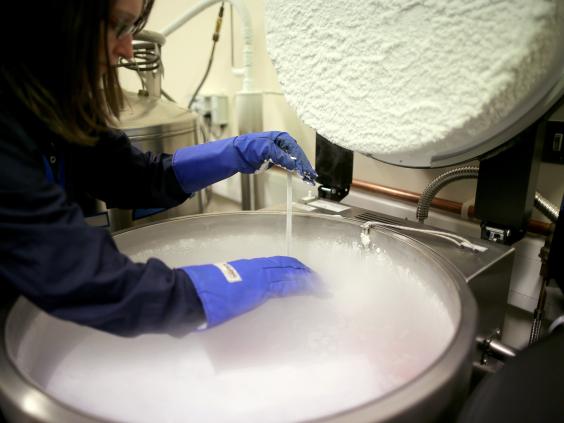ScienceRocks
Democrat all the way!
- Thread starter
- Banned
- #1,181
CRISPR treats genetic disorder in adult mammal
Seeing DROSHA for the first time: Lab team gets the first glimpse of elusive protein structure
Creating safer polio vaccine strains for the post-eradication era
Gene-editing technique successfully stops progression of Duchenne muscular dystrophy
Researchers have used CRISPR to treat an adult mouse model of Duchenne muscular dystrophy. This marks the first time that CRISPR has successfully treated a genetic disease inside a fully developed living mammal with a strategy ..
Seeing DROSHA for the first time: Lab team gets the first glimpse of elusive protein structure
Our bodies are made up of many different types of cells, with each of their identities determined by different gene expression. Cancer and genetic diseases occur when this gene expression goes wrong. MicroRNAs (miRNAs) are ...
Creating safer polio vaccine strains for the post-eradication era
While the goal of polio virus eradication is in sight, there are concerns about post-eradication manufacturing and stockpiling vaccine stores containing live virus that could escape and repopulate the environment. A study ...
Gene-editing technique successfully stops progression of Duchenne muscular dystrophy
Using a new gene-editing technique, a team of scientists from UT Southwestern Medical Center stopped progression of Duchenne muscular dystrophy (DMD) in young mice.














